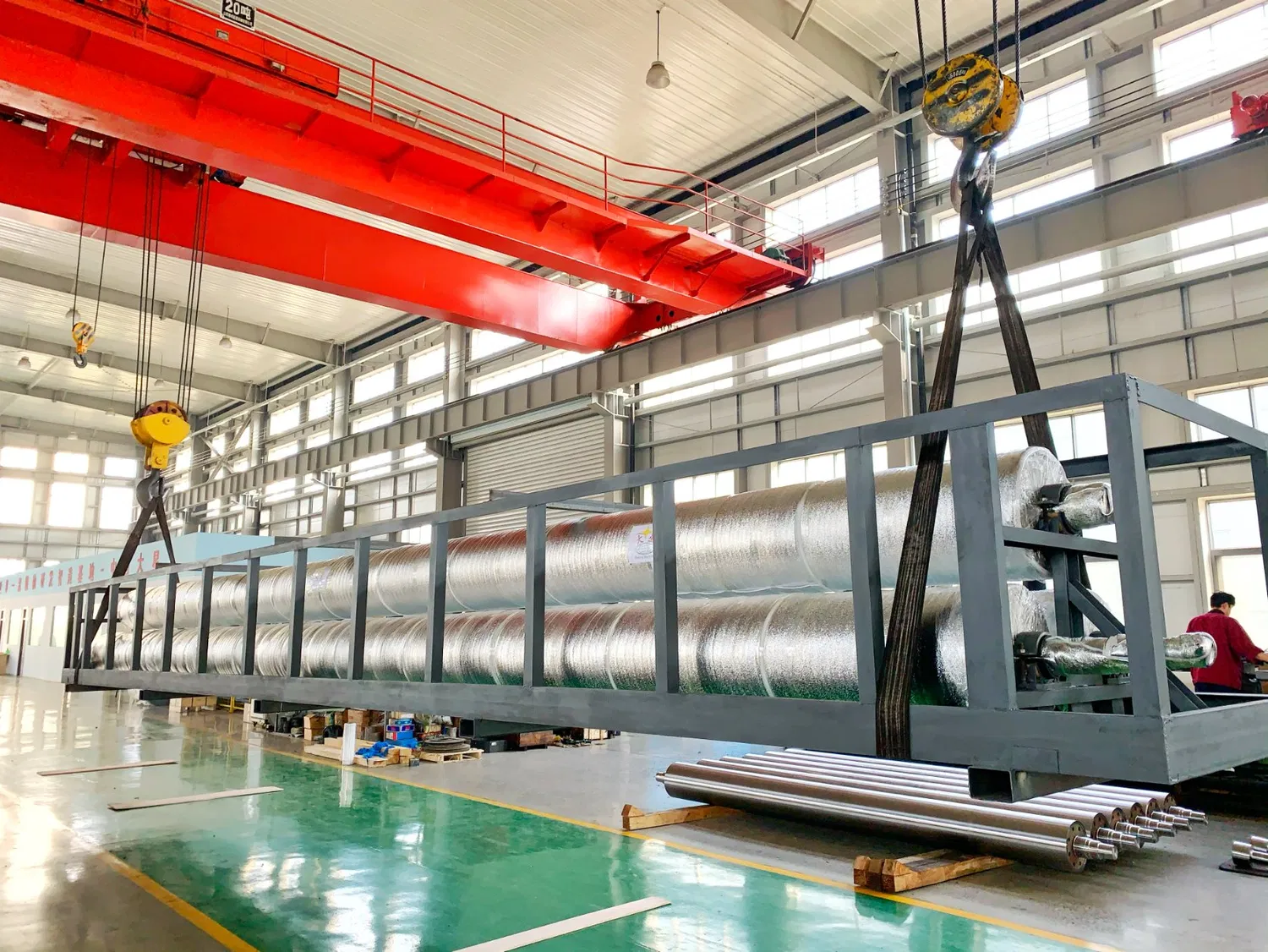Introduction
Paper machinery parts are essential components of paper production processes. These parts play a critical role in ensuring the efficient and smooth operation of paper machines. In this article, we will explore the different types of paper machinery parts, their functions, and how to maintain them for optimal performance.
Types of Paper Machinery Parts
Paper machinery parts can be broadly categorized into three groups: mechanical parts, electrical parts, and hydraulic parts. Mechanical parts include rolls, bearings, gears, and chains. Electrical parts include motors, sensors, and control systems. Hydraulic parts include pumps, valves, and cylinders.
Mechanical Parts
Mechanical parts are responsible for the physical movement of the paper machine. For instance, rolls are used to guide and support the paper web, while bearings and gears ensure smooth rotation. Wear and tear are common issues with mechanical parts, and regular maintenance is necessary to prevent breakdowns. Common maintenance practices include lubrication, alignment, and replacement of worn-out parts.
Electrical Parts
Electrical parts control the operation of the paper machine. Motors provide the power to drive mechanical parts, while sensors and control systems monitor and adjust machine performance. Electrical parts are prone to failure due to power surges, short circuits, and other electrical issues. Regular inspections and maintenance, such as cleaning, tightening connections, and replacing faulty components, can help prevent electrical failures.
Hydraulic Parts
Hydraulic parts provide the force necessary for paper machine operations, such as pressing, drying, and cutting. Hydraulic systems are subject to leaks, contamination, and wear, which can affect machine performance. Proper maintenance practices include regular oil changes, filter replacements, and inspections for leaks and wear.
Maintaining Paper Machinery Parts
Regular maintenance is crucial for ensuring the optimal performance of paper machinery parts. A preventive maintenance program can help identify and address potential issues before they lead to machine downtime. Maintenance activities may include regular inspections, cleaning, lubrication, alignment, and replacement of worn-out parts. Additionally, maintaining accurate records of maintenance activities can help identify patterns and trends, allowing for more effective maintenance planning.
Conclusion
In conclusion, paper machinery parts play a critical role in the paper production process. Understanding the different types of parts, their functions, and maintenance requirements is essential for ensuring optimal machine performance and minimizing downtime. By implementing a comprehensive preventive maintenance program, paper mills can extend the lifespan of their machinery, reduce costs, and improve productivity.



